Knowing your ideal customer changes everything—your product or service offering, your marketing strategy, value proposition, pricing, the tone of your sales copy, what channels you advertise on, and much more.
So, without further ado, here are the 9 essential questions to ask in the process of defining your dream buyer.
For more information on defining your ideal customer and creating your dream buyer persona, review our in-depth article: Creating Your Dream Buyer Persona and download our free Buyer Persona Template 👇
9 Questions to Define Your Ideal Customer
Defining your target market is one of the hardest parts of starting a business and growing a business. The good news is that once you do it, everything else will quickly start falling into place once you know which medium to use to effectively reach your ideal customers and which marketing strategies inspire them to take action.
1. What are your target audience’s pain points and challenges?
Whatever you’re selling—a city tour, an art class, a circus festival, a new roof, RV solar panels, a mural, ceramic mugs, candles—WHATEVER you’re selling, it must solve a problem large enough that your dream buyer will happily part with their hard-earned money for you to solve it for them.
This is why knowing your ideal customer’s biggest frustrations and challenges is important to your marketing strategy and overall business success. This knowledge means being able to address their problem effectively and efficiently, so your solution is positioned as the best solution, and they buy from you, not your competitors.
When you understand what it’s like to walk in your dream buyer’s shoes, you can create better products and services that address their specific pain points and problems. You can determine the emotions you speak to in your copy and advertising. You’ll be able to connect with your target audience emotionally on more than just a rational level. This information will also reflect in the types of stories you tell.
Here are 10 examples to get your creative juices flowing:
| Buyer Frustrations and Challenges |
|---|
| “I wish there were more educational and cultural events accessible to me.” |
| “I’m fed up with expensive gym memberships that don’t fit my busy schedule.” |
| “I’m tired of sifting through countless online reviews to find the best product.” |
| “I’m frustrated by the lack of family-friendly enriching activities for all ages.” |
| “I wish I had more time to cook healthy meals for my family.” |
| “I struggle to find reliable contractors for my home improvement projects.” |
| “Ugh! I wish I could just have someone run my Facebook ads for me.” |
| “I’m tired of attending the same monotonous activities with little variety.” |
| “As a senior, I find it difficult to access enriching activities catered specifically to my age group.” |
| “I want to immerse myself in local culture, but touristy activities overshadow authentic experiences.” |
Truly understanding your buyer’s frustrations and challenges offers valuable insights into providing effective solutions and creating compelling marketing messages that emphasize with these frustrations and challenges, and addresses your customer’s needs effectively.
2. What are your ideal customer’s hopes, dreams, and desires?
If you want to paint a vivid picture of what life could be like after using your products or services, then you need to understand your dream buyer’s hopes, dreams, desires, and motivations.
When your products or services help your ideal customer attain their goals, it becomes much easier to write sales copy for your landing pages, website, ads, social posts, blogs, emails, flyers, and any other assets you leverage to sell more goods and services.
Here are a few examples of copy written to speak to a customer’s desires:
| CUSTOMER DESIRE | COPY SPEAKING TO THEIR DESIRE |
|---|---|
| “I want to surprise my loved ones with thoughtful gifts that show how much I care.” | “From unique keepsakes to personalized treasures, our thoughtful gifts will leave a lasting impression. Make their special moments even more extraordinary with a touch of love and thoughtfulness.” |
| “I want my website ranked higher on Google.” | “Guaranteed Google rankings in 90 days or we work for free!” |
| “I wish I could find enriching activities for my kids that nurture their creativity and growth.” | “Watch your kids’ imaginations soar as they embark on a journey of creativity and discovery in our World of Wonder workshop. Our carefully curated activities are designed to spark curiosity and foster a love for learning. Give your children the gift of enriching experiences they’ll cherish for a lifetime.” |
| “I need a reliable product that simplifies my daily routine and adds convenience to my life.” | “Bid farewell to daily hassles! Embrace a life of convenience with our trusted automation and witness the transformation to your routines!” |
| “I want to feel pampered and rejuvenated, escaping the daily grind and indulging in self-care.” | “Unwind and recharge in a tranquil oasis designed to cater to your well-being. Our spa treatments are crafted to rejuvenate your mind, body, and soul, leaving you feeling refreshed and renewed. Say goodbye to stress and embrace the ultimate self-care experience you deserve!” |
| “I dream of a picturesque wedding that captures the essence of our love story and leaves our guests in awe.” | “Your wedding day should be an enchanting tale that reflects your unique love story. Our team of wedding experts is dedicated to bringing your vision to life, ensuring every detail is infused with romance and elegance. Create cherished memories with an unforgettable celebration that will leave your guests mesmerized.” |
Understanding and catering to your customers’ desires is the key to creating compelling sales copy that resonates with them on a personal level.
By speaking directly to their aspirations and needs, your marketing messages will build a powerful connection, inspiring them to engage with your brand and turn their desires into reality.
3. What are your dream buyer’s biggest fears?
What keeps your ideal customer up at night? What are their deepest fears?
People are motivated by pain more than they are motivated by pleasure. The fear of missing out is often more compelling than the desire to go. The fear of loss is often more motivating than the desire to gain something.
Knowing your target audience’s fears so you can accurately call out those fears in your landing page copy, website copy, and ads is an incredibly important element to get your dream buyer to take action.
4. Where does your ideal buyer hang out and congregate?
Consider both online and offline hangout spots. Be specific, for example: “hangs out in ‘Girls Who Love Travel’ Facebook Group” is precise & actionable compared to “hangs out on Facebook.”
Knowing exactly where your dream buyers or ideal customers are hanging out influences where you should advertise, what you should advertise, the tone of your sales copy, and the vernacular to use, for starters.
Here are some examples of using precise and actionable language:
| GENERAL | PRECISE & ACTIONABLE |
|---|---|
| “Likes the outdoors” | “Likes going to National Parks throughout the summer with his two kids “ |
| “Enjoys dining at restaurants” | “Enjoys exploring new, trendy eateries in the city and frequently shares food photos on social media.” |
| “Attends fitness classes” | “Regularly attends high-intensity interval training (HIIT) classes at a popular local gym and actively engages with fitness communities on social media platforms like Instagram and fitness forums.” |
| “Enjoys live music” | “Regularly attends concerts and local music festivals, and actively interacts with bands and music communities on social media platforms like Twitter and Facebook.” |
| “Loves outdoor activities” | “Spends weekends hiking in nearby nature reserves and participates in local adventure groups through meetup platforms.” |
| “Interested in self-improvement workshops” | “Attends personal development workshops and conferences, actively participates in self-help book clubs, and engages in motivational discussions on online platforms like Reddit and LinkedIn groups.” |
By providing specific and actionable examples for offline and online locations, you can better understand your target audience’s preferences and habits, allowing you to craft targeted marketing strategies that resonate with your ideal customers. This precise documentation will guide your business in reaching your target audience through the channels and activities they genuinely enjoy.
5. Where does your target audience get their information?
Since 97% of potential customers aren’t in the “BUY NOW” phase, it’s important to understand where your target audience is looking for information when in research mode. This is called the Larger Market Formula. Essentially, it’s safe to say your competitors (and most of the business world) are targeting the top 3%, so if you target the 37%, 60% or 97% of the market being ignored, you can swoop up the majority of the market your competitors are missing.

So, ask the questions: Where does my target audience go to find the answers they seek? Is it Google? (The world’s largest search engine!) . . . YouTube? (The world’s 2nd largest search engine!) . . . Blogs? Books? Social media? Do they search using desktop or mobile?
Knowing these details will help you get in front of your ideal customers and move them up the pyramid.
6. What is your ideal customer’s preferred form of communication?
This is a matter of where your audience wants you to communicate with them. Email? Text? Chat? Facebook Live? Facebook groups? YouTube? Pinterest? TikTok? Instagram Reels? Google Business Profile updates? Reddit?
The fundamental lesson here is to communicate with your customers where they already are, not where you want them to be because it’s more convenient for you.
7. What phrases, exact language, and vernacular does your ideal buyer use?
If you want to “Enter the conversation already taking place in the customer’s mind,” as stated by the great marketer, Robert Collier, then you need to use the language and niche-specific terms your customers use to describe their hopes, dreams, pain points, fears, challenges, and desires.
Listen, don’t assume.
You already know: when you assume, you make an ASS out of U and ME.

So, do the research and document the exact phrases and terminology your target audience uses, so you can reference this spreadsheet you’re going to make to spark ideas for your website copy, landing pages, and ads.
Take specific comments from Facebook Groups, Reddit, YouTube, or auto-suggest search queries on Google or Bing, and document your audience’s word-for-word responses.
Facebook Groups and pages around your market and niche are a great place to look. Simply look at the most popular posts and read what the market is discussing and thinking about.
Threads on Reddit are another great source or question platforms like Quora. Platforms like these are like eavesdropping on thousands of conversations that. are taking place behind closed doors. about your market.
PRO TIP: If all else fails, turn to Chuck (ChatGPT) for language that your target audience MAY use. You’ll want to first prompt him with all the details you know about your target audience to get the best insights.
8. What does a day in your dream buyer’s life look like?
Yep, it’s time to put on your ideal customer’s shoes, their pants, their underwear, their hat, their glasses, and be them, be Alex, be Rachel, be Brian or Sarah, and personally imagine a day in their life. What does it look like?
- What time do you get up?
- What is your morning routine?
- Where do you go to work?
- What do you do throughout the day?
- What responsibilities do you have?
- When do you eat meals?
- When do you go to bed?
This might sound ridiculous (welcoming to the world of marketing and human behavior), but imagining what your ideal customer’s daily life looks like adds an incredible personal element to your marketing. It’s practical knowledge that helps you know things like when to send an email or when your audience is most attentive.
9. What makes them happy?
The customer journey is more than the exchange of money for goods or services. People are emotional beings, we want to interact with companies and brands that make us feel good.
One of the best things you can do as a business is insert surprises into your buyer’s journey. This means doing the unexpected, being remarkable, and bringing a smile to your customer’s face. Maybe it’s free swag, perhaps it’s a handwritten thank you note, maybe you send them a plantable card on their birthday or personalized email, or perhaps you throw a surprise complimentary bonus into your product or service.
Intentionally inserting happiness into your customer journey can create a deeper level of emotional connection that cultivates loyal and raving fans for the long term. It’s a great way to boost positive online reviews, generate word-of-mouth, build customer loyalty, and increase customer satisfaction.
Happy Marketing!
Remember, customer desires are powerful motivators. By empathizing with their wishes and crafting compelling sales copy that fulfills those desires, you’ll captivate your audience and inspire them to take action.
Happy marketing!
Related Articles:
- 5 Interactive ChatGPT-4 Prompts to Identify Your Target Audience
- Creating Your Dream Buyer Persona
- The Larger Market Formula
- The 80/20 Rule in Marketing (COMING SOON!)
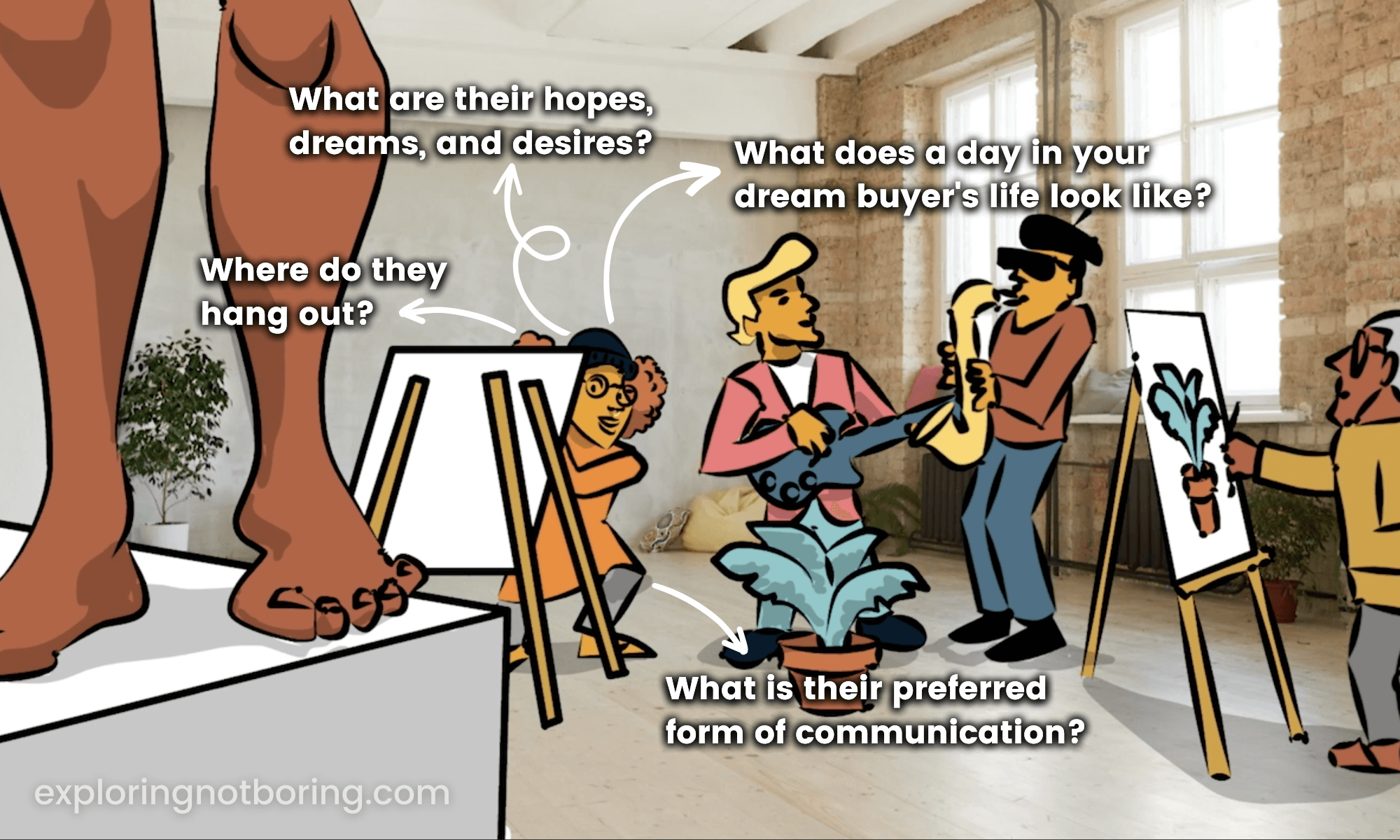

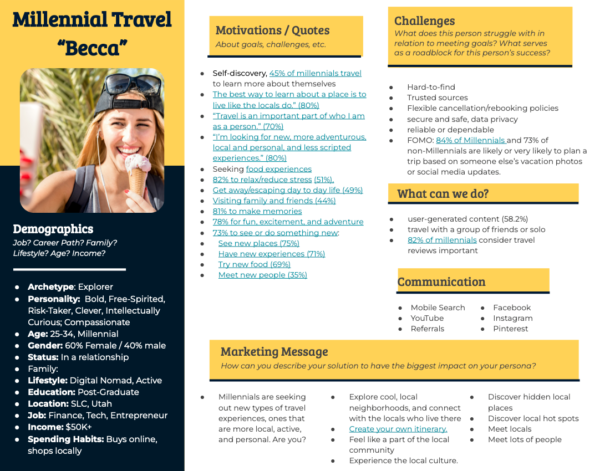


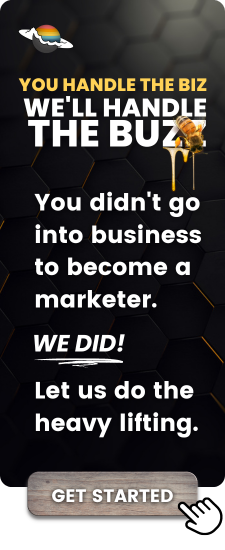
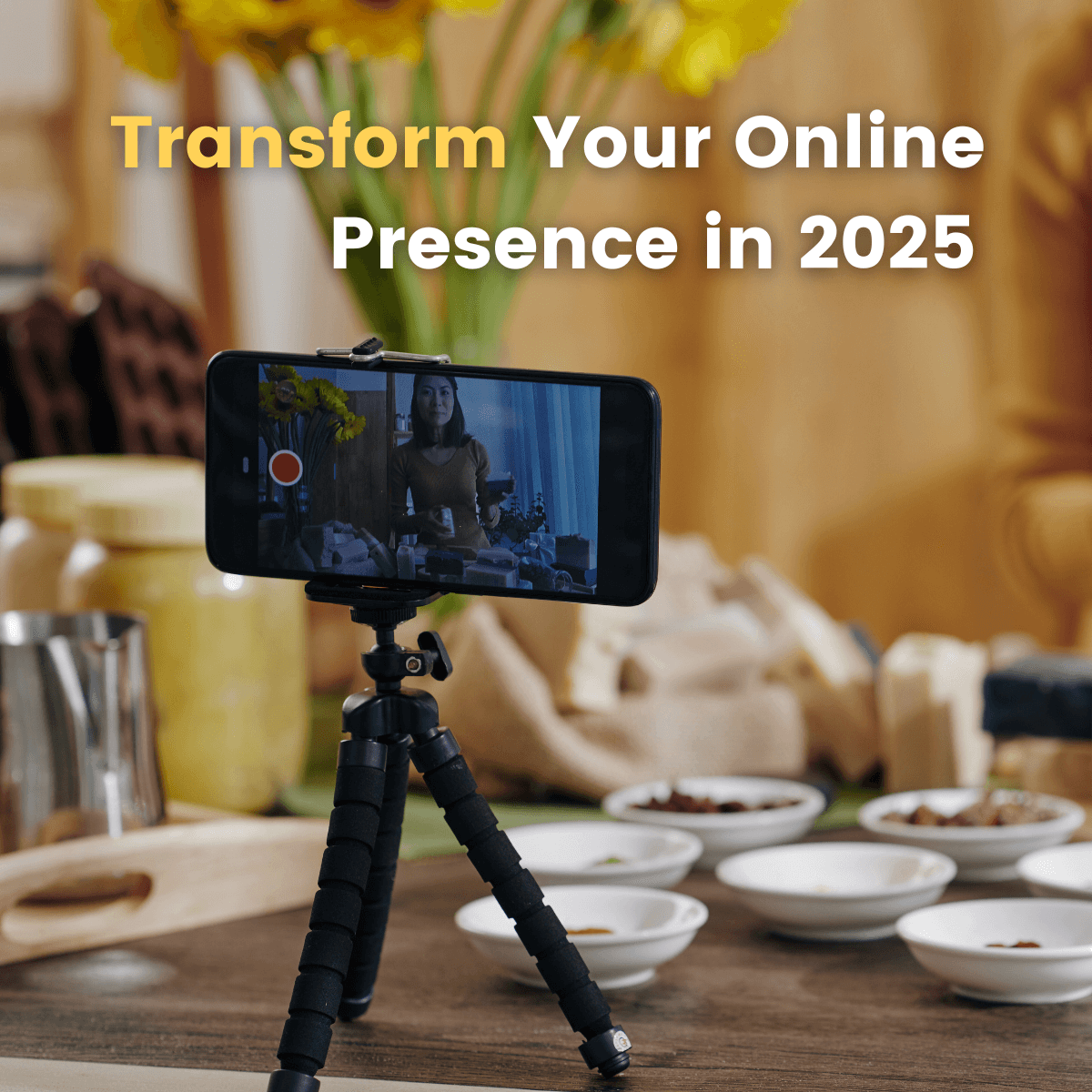

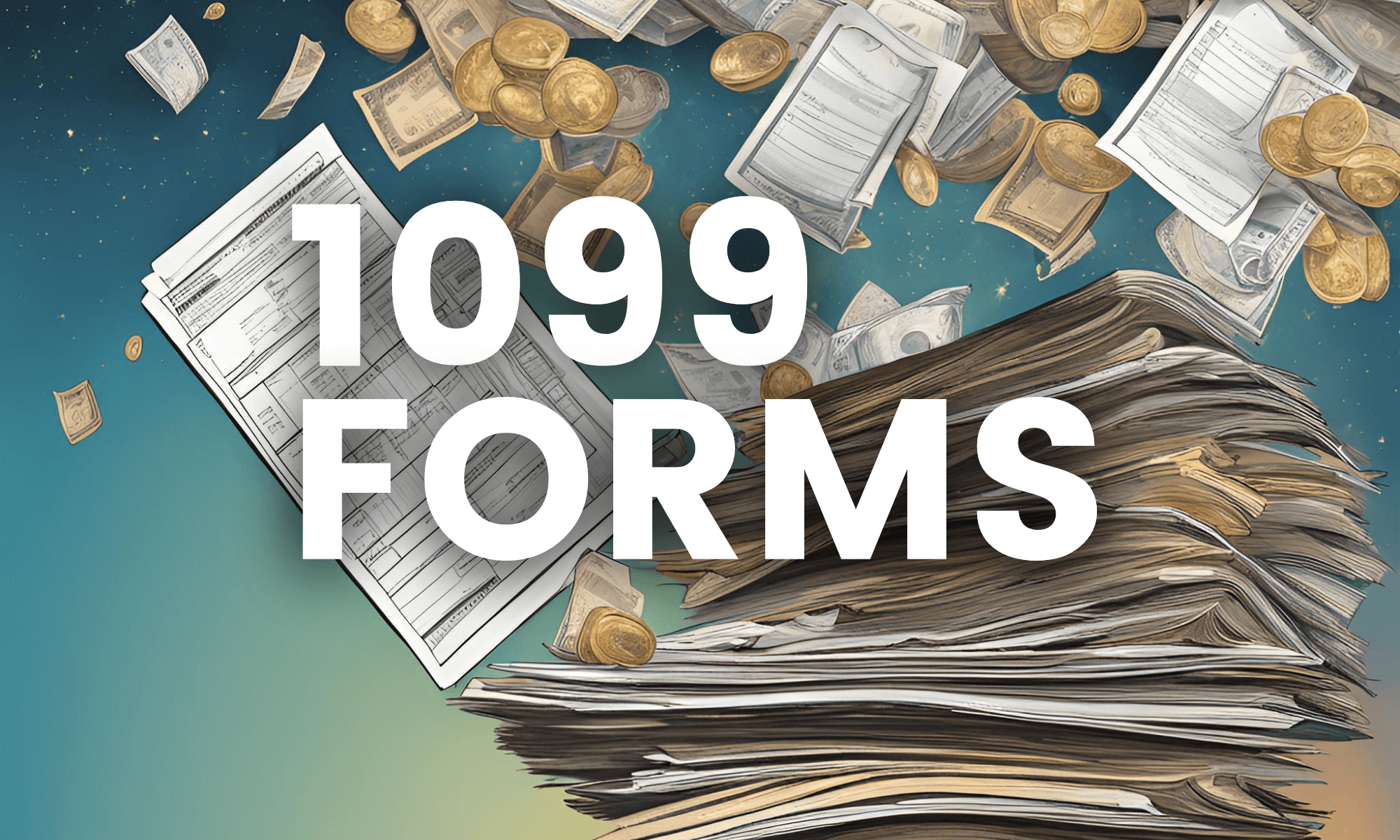

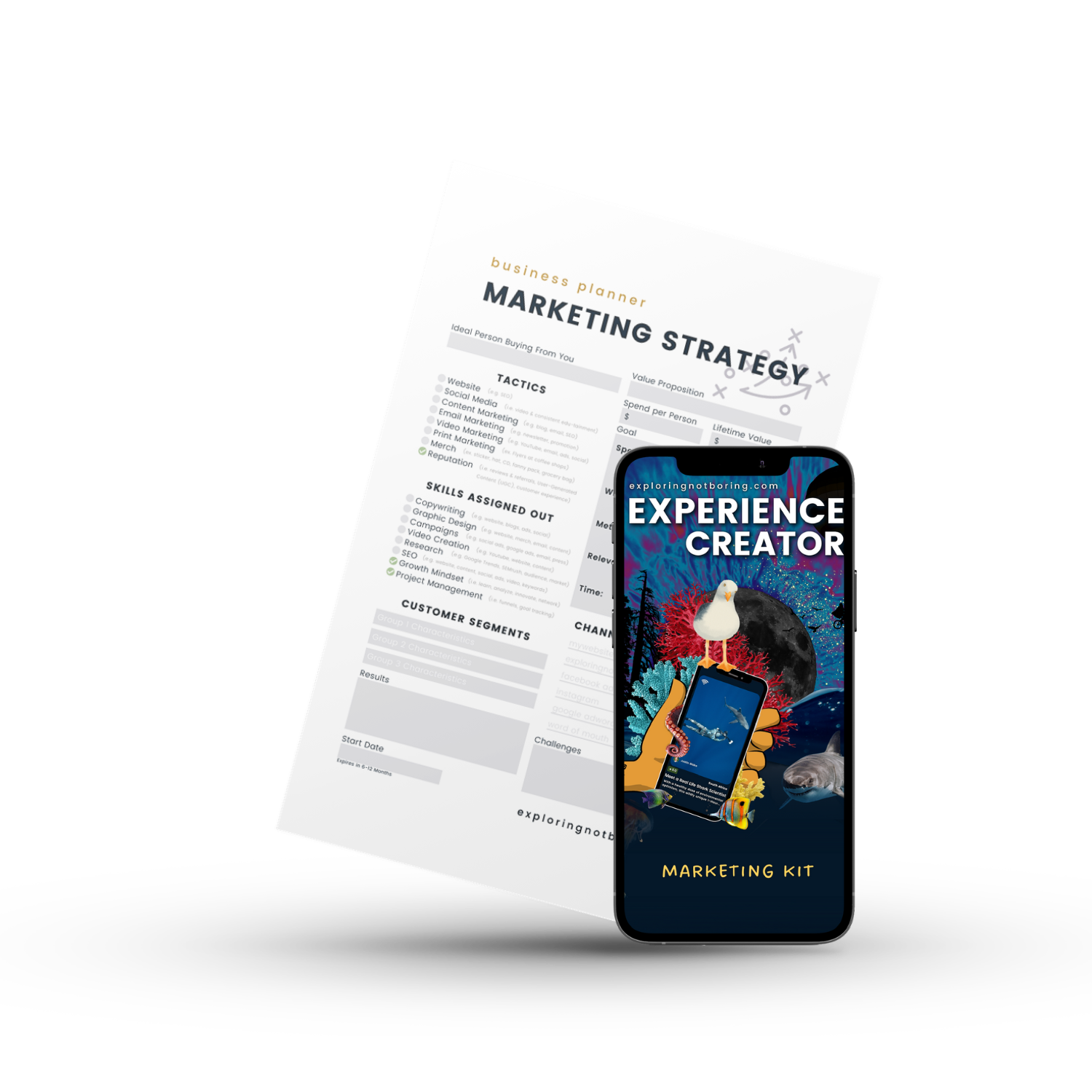
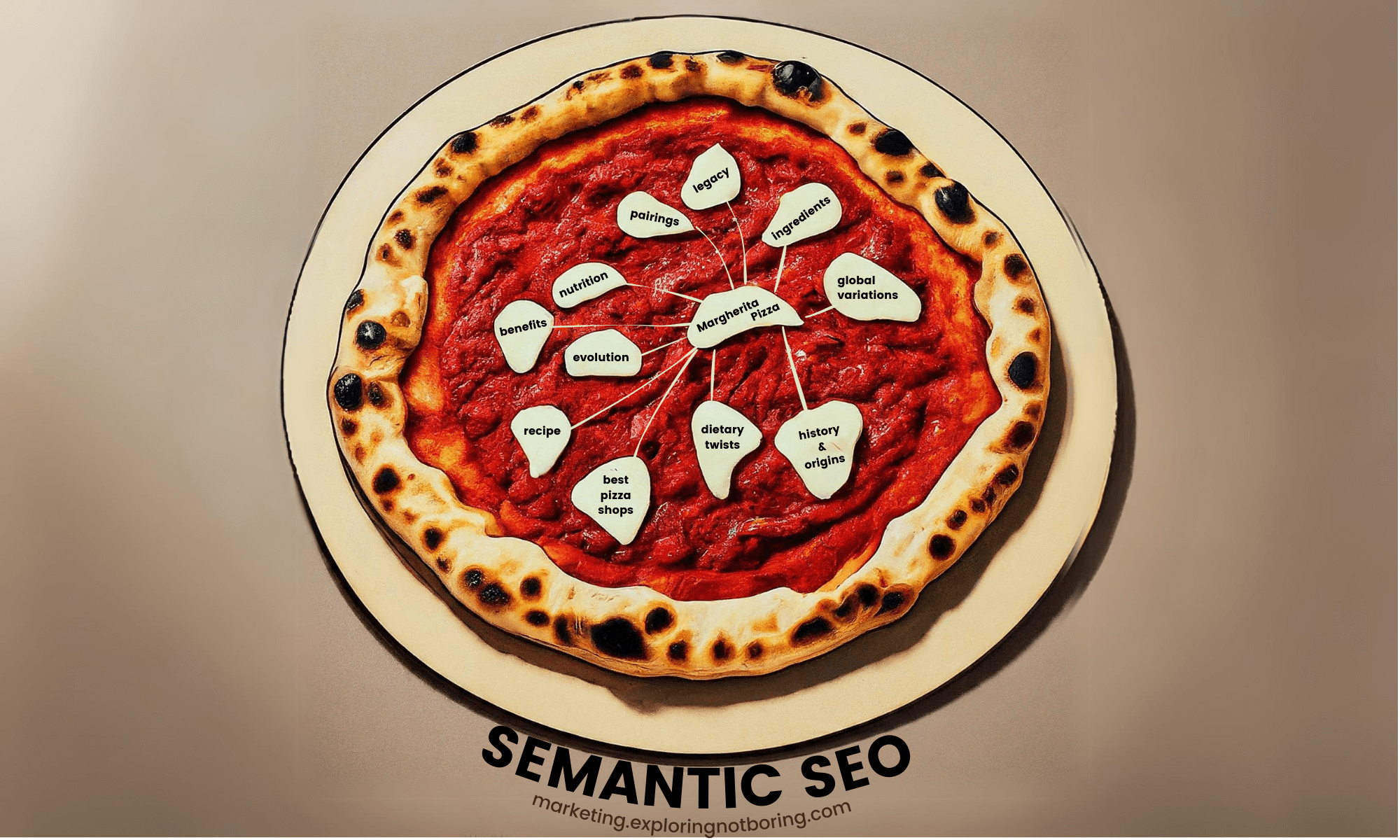
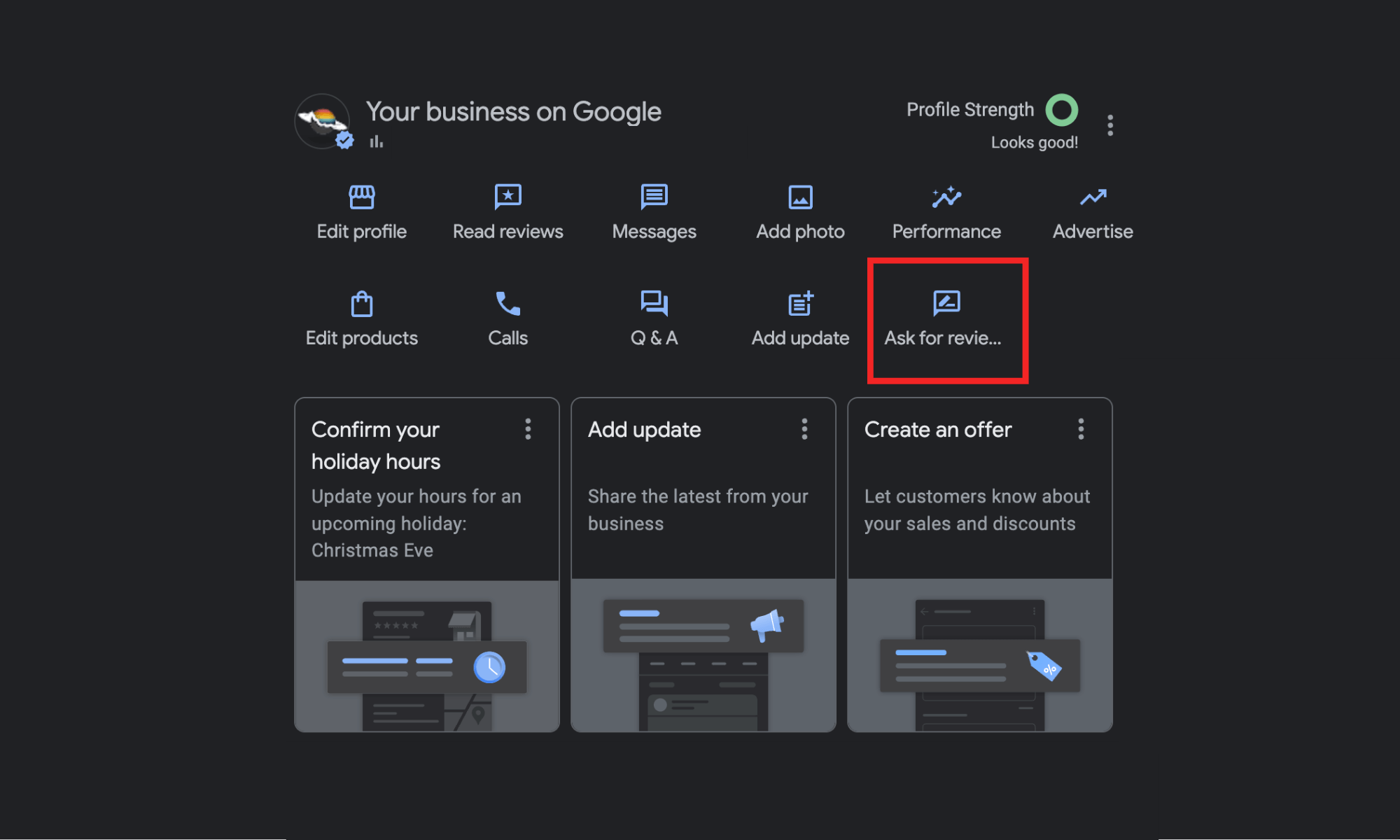
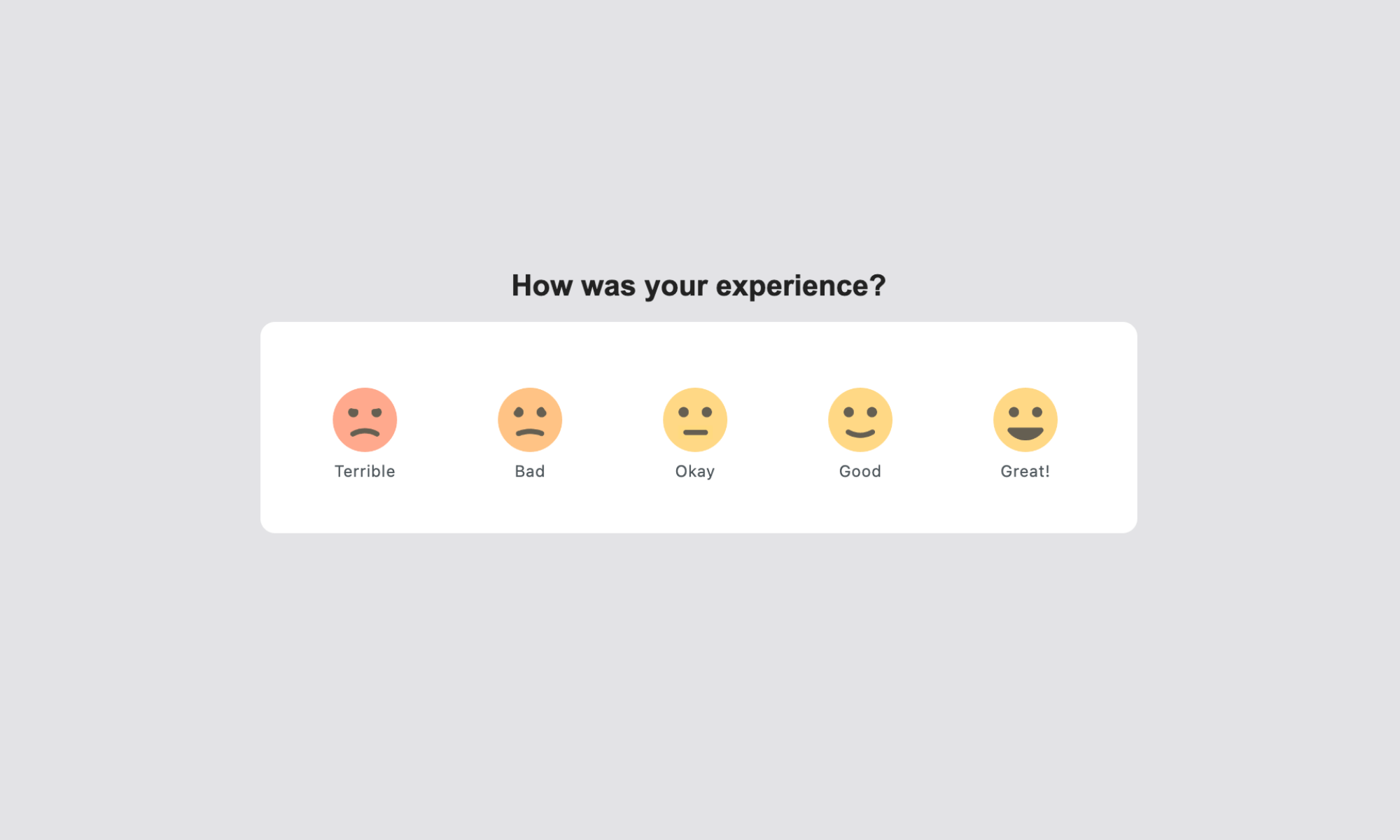
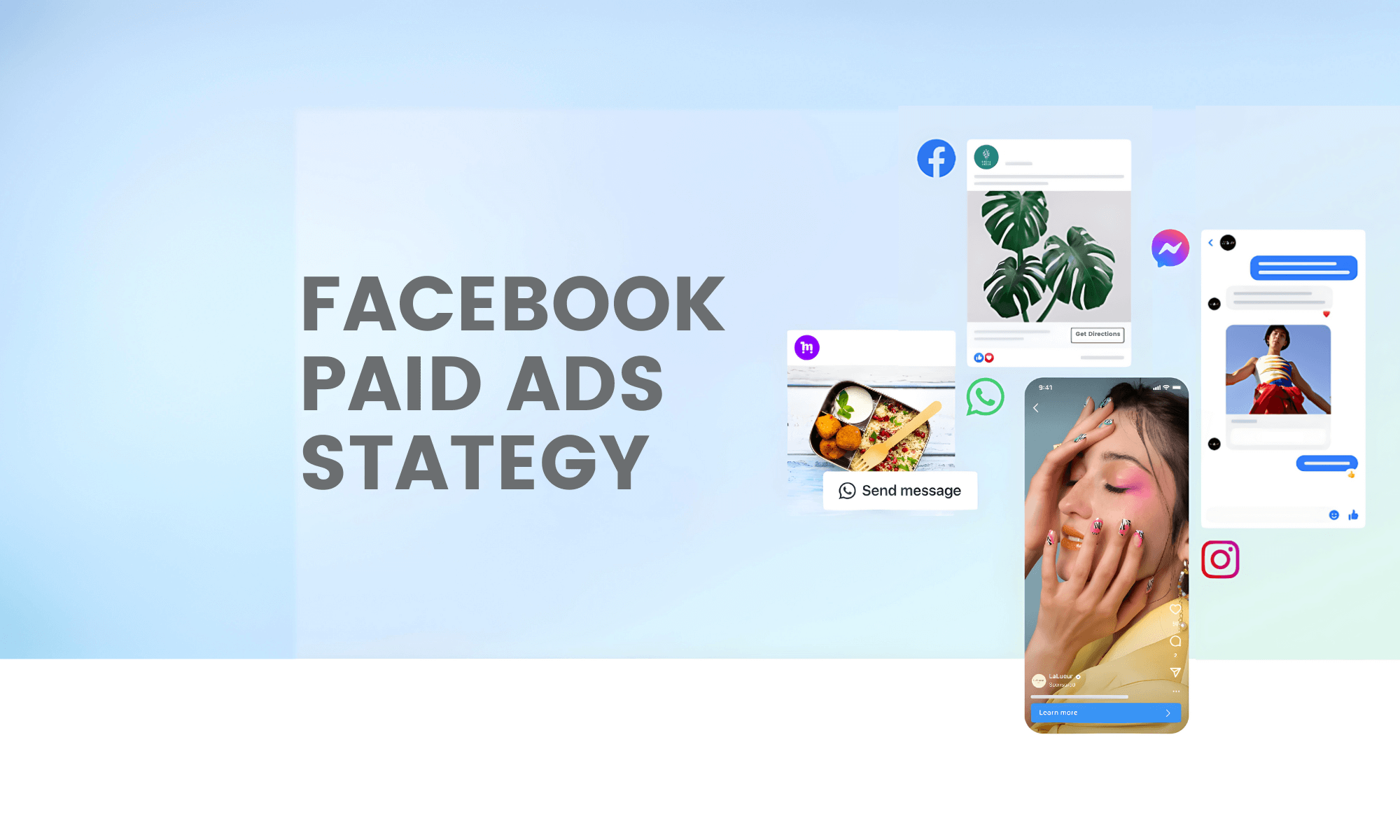
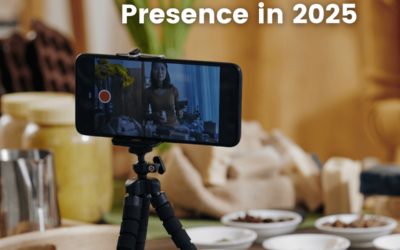
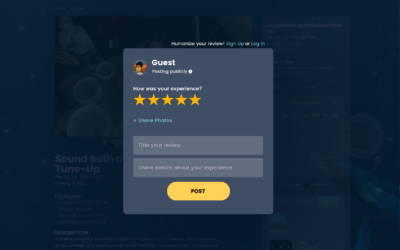
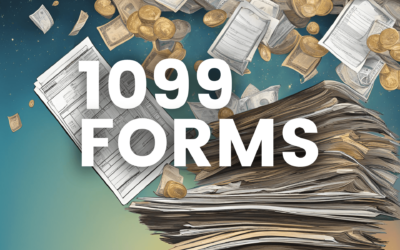

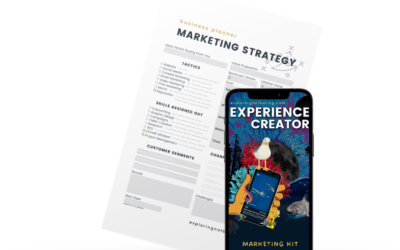

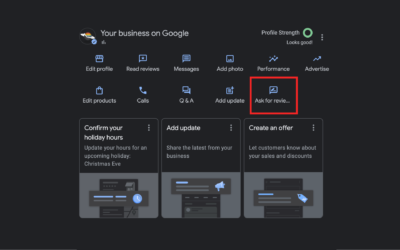
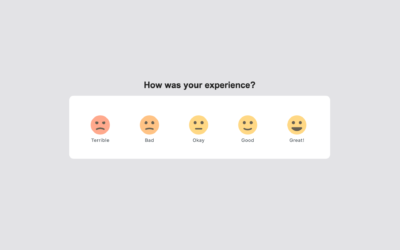
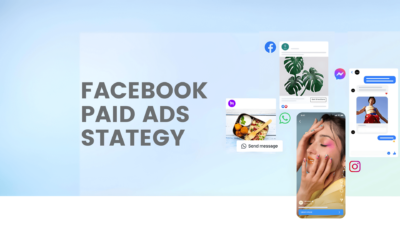

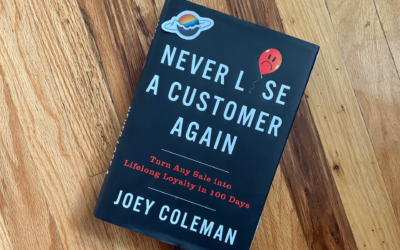
0 Comments